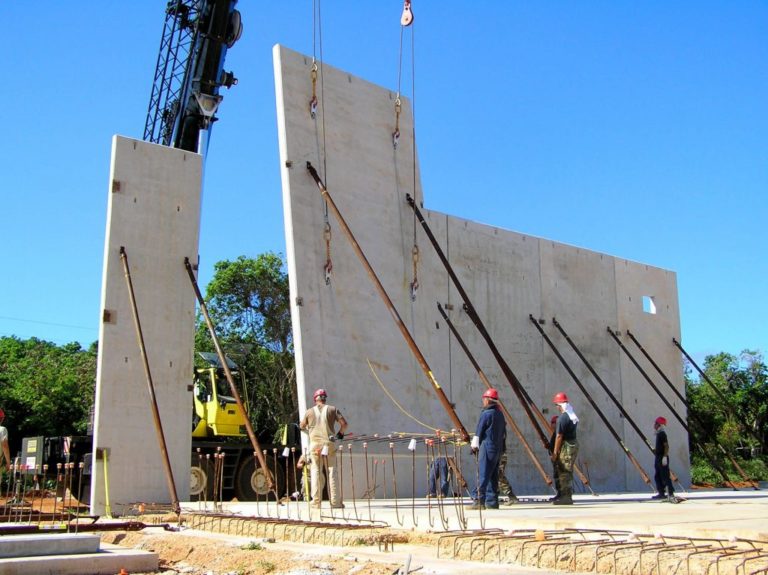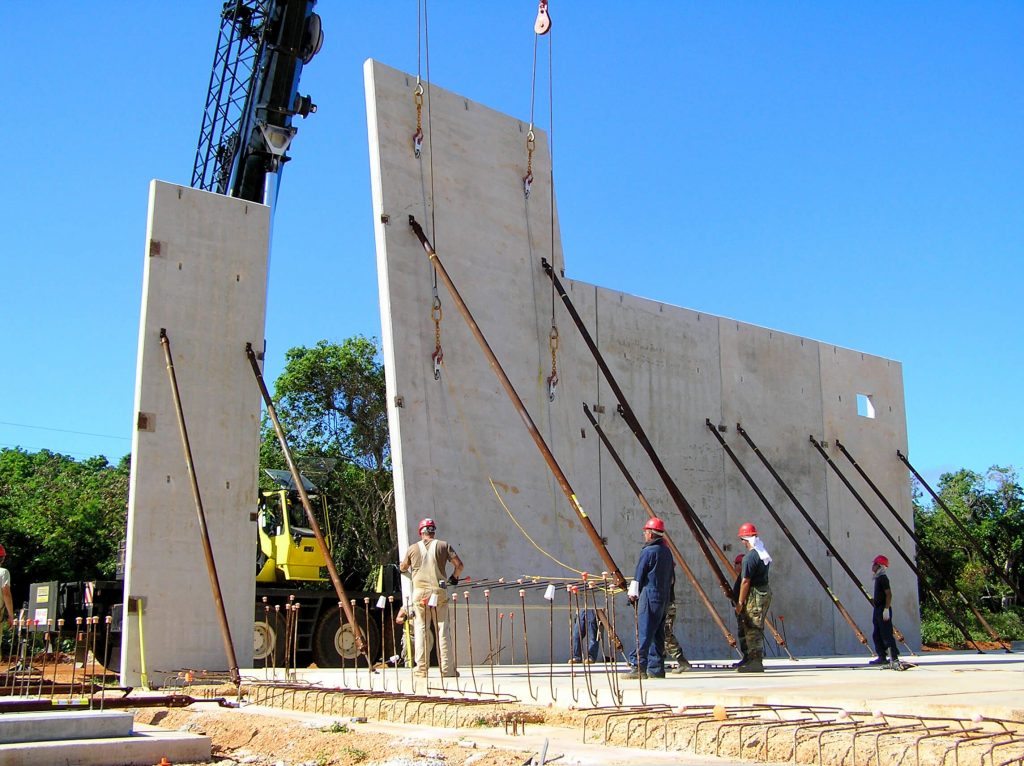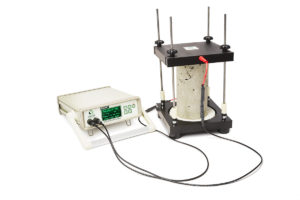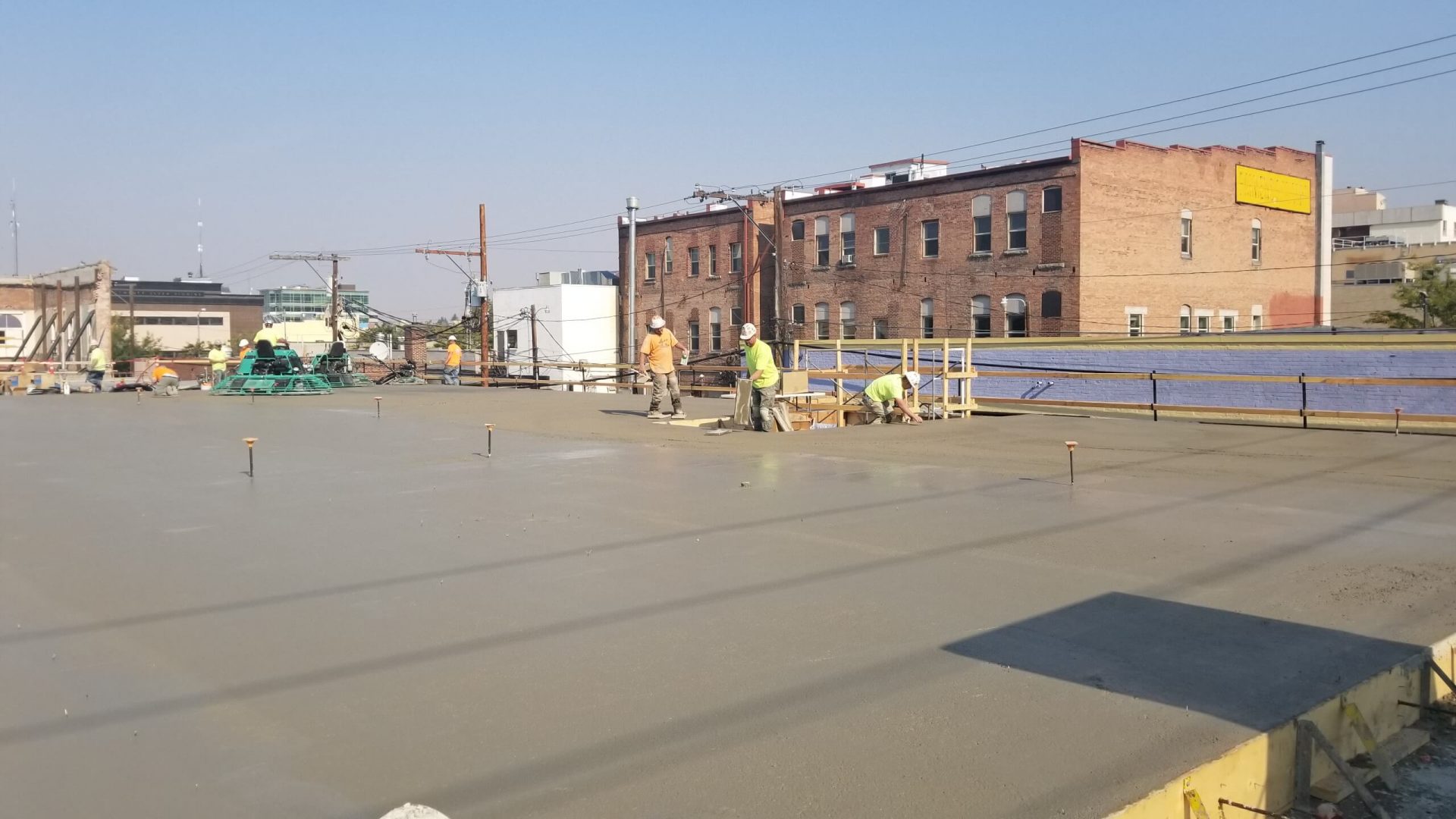Concrete durability is critical in today’s construction industry, especially as infrastructure demands grow and environmental factors continue to challenge the longevity of structures. Traditional methods for assessing durability, while valuable, can be slow and labor-intensive. Enter electrical resistivity—an advanced method that’s revolutionizing the way we measure concrete performance over time. This technique has quickly become a go-to solution, providing real-time data and deeper insights into how concrete resists deteriorating forces like chloride ingress and other forms of corrosion.
Explore 12 Futuristic Technology Trends Solving Concrete's Biggest Challenges.
What is Concrete Durability?
Concrete durability refers to its ability to withstand environmental conditions, chemical exposure, and mechanical stresses while maintaining its intended function over time. A durable concrete structure resists deterioration. This is caused by factors such as freeze-thaw cycles, chloride penetration, sulphate attack, alkali-silica reaction, and abrasion. Proper mix design, adequate curing, and the use of supplementary cementitious materials (SCMs) like fly ash, ground granulated blast furnace slabs(GGBS), or silica fume can enhance durability. Additionally, durability is influenced by factors such as water-to-cement ratio, permeability, and the quality of aggregates used in the mix.
How to Measure Concrete Durability
Concrete durability can be assessed using a variety of tests, each evaluating different resistance properties:
- The Rapid Chloride Permeability Test (RCPT) measures how easily chloride ions penetrate the concrete.
- The Surface Resistivity Test and Bulk Electrical Resistivity Test provide non-destructive assessments of electrical resistance, which correlate with permeability.
- The Water Absorption Test helps determine porosity, indicating the material’s ability to resist moisture ingress.
Additionally, non-destructive testing methods like ultrasonic pulse velocity and bulk electrical resistivity measurements offer insights into the internal condition of concrete without causing damage. Other advanced techniques, such as air permeability tests, carbonation depth measurement, and freeze-thaw resistance testing, further contribute to a comprehensive evaluation of concrete durability.
Why Electrical Resistivity?
Electrical resistivity measures how easily electrical current can flow through concrete. In essence, it’s a direct indicator of the concrete’s ability to resist the penetration of harmful substances like water, chloride ions, and chemicals. The higher the resistivity, the more durable and impermeable the concrete. With the integration of technology, measuring resistivity has never been faster or more efficient.
Key Benefits of Using Electrical Resistivity:
- Faster, More Accurate Data: Resistivity testing offers real-time measurements, helping project teams make immediate decisions, reduce costs, and optimize curing conditions.
- Enhanced Predictability of Durability: By understanding how chloride ions and water interact with concrete over time, resistivity gives a predictive glimpse into the future durability of the material.
- Non-destructive Testing: Unlike traditional durability tests that can be invasive, resistivity testing is completely non-destructive. This makes it ideal for projects where maintaining structural integrity during evaluation is crucial.
A More Sustainable Future
In an industry pushing for sustainability, electrical resistivity testing aligns with the goals of reducing waste and improving long-term performance. By using real-time data to make decisions, construction teams can better manage concrete mixes. They can even reduce the need for repair and maintenance later down the line. This proactive approach supports the creation of sustainable and resilient infrastructure—goals that are top priorities for the global construction sector.
Electrical Resistivity in Action
From bridges to high-rise buildings, electrical resistivity has been applied in a variety of concrete structures worldwide. For instance, in projects exposed to coastal or de-icing conditions, where chloride ingress is a significant threat, resistivity has proven to be a key metric in evaluating concrete performance. It enables contractors and engineers to monitor how chloride ions penetrate the material and take action before serious damage occurs.
RCON™: Leading the Way in Durability Testing
At Giatec, we’re committed to pushing the boundaries of innovation in concrete testing. Our RCON device is the NDT laboratory device for measuring bulk electrical resistivity of concrete specimens. This cutting-edge technology is fast (measurement time is less than 5 seconds), accurate (utilizing a variable frequency method), and flexible (measurements can be taken with different settings for verification).
Key Features of RCON:
- Diffusion of chloride in concrete
- Rebar corrosion in concrete
- Setting time of fresh concrete
- Moisture transfer in concrete
- Curing of concrete
- Cathodic protection design












3 Responses
Does steel reinforcement influence the conductivity measurements?
Thank you so much for your comment. Yes, the steel reinforcement does influence the resistivity readings. The reason behind that is twofold. Firstly the steel will draw the current preventing the full resistivity reading of the concrete. Secondly, as steel is very conductive, the results obtained will have discrepancies, as the material assessed is the combination of concrete + steel, not only concrete.
To prevent that, one can identify the location of the rebars prior to the test. This can be done using rebar detectors, GPR or by the blueprint interpretation.
Its a good research but the graphs should be included for someone to quickly see the how the quantities relate.